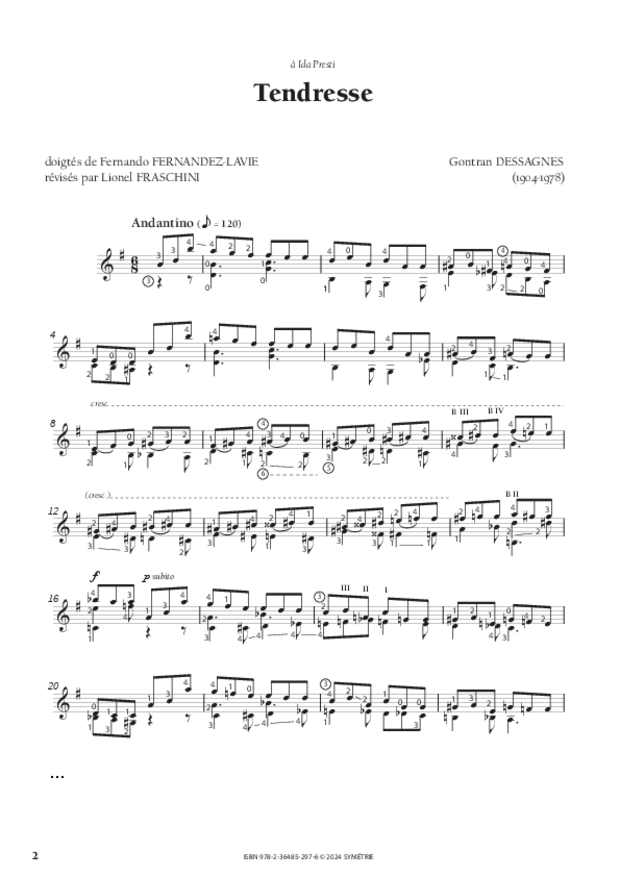Born in Clermont-Ferrand on 27 July 1784, George Onslow is an emblematic figure of French chamber music of the first half of the nineteenth century. He studied the piano with Dussek and Cramer, and later composition with Reicha. After his first chamber works were published, he would spend the winter months in Paris seeing to their performance, and the rest of the year in Auvergne composing. Since opera was very much in vogue at that time, he tried his hand at the genre, but with no real success. His first attempt, L’Alcade de la Vega (1824), was failed by a weak libretto; Le Colporteur of 1827 was reasonably well received, but then Guise ou Les États de Blois (1837) was such a disappointment that he gave up opera altogether. Meanwhile his reputation as a composer of chamber works, on the other hand, grew steadily, and he was soon reaping the rewards, which included honorary membership of most the important learned and musical societies of his time. And in 1842 he succeeded Cherubini as director of the celebrated Académie des Beaux-Arts. In 1852 his health declined. Suffering from rheumatic pains and blind in his left eye, he ceased composing. He died in Clermont-Ferrand on 3 October 1853. His 83 opus numbers include 70 string quartets and quintets, 10 piano trios, 9 instrumental duos, a number of piano pieces (2 or 4 hands), 3 operas, 4 symphonies, and also piano quintets, sextets and a septet.
Publications
Format bibliographique à copier
Onslow, George. Ouverture du Colporteur ou L’Enfant du bûcheron, opéra-comique en trois actes, Symétrie, 2018, 56 p.Onslow, George. Ouverture du Colporteur ou L’Enfant du bûcheron, opéra-comique en trois actes, préface de Lucas Chope, Symétrie, 2016, 56 p.
Onslow, George. Ouverture du Colporteur ou L’Enfant du bûcheron, préface de Lucas Chope, Symétrie, 2016.
Niaux, Viviane (coordination). George Onslow, un « romantique » entre France et Allemagne, préface de René Koering, Symétrie, 2010, 416 p.













